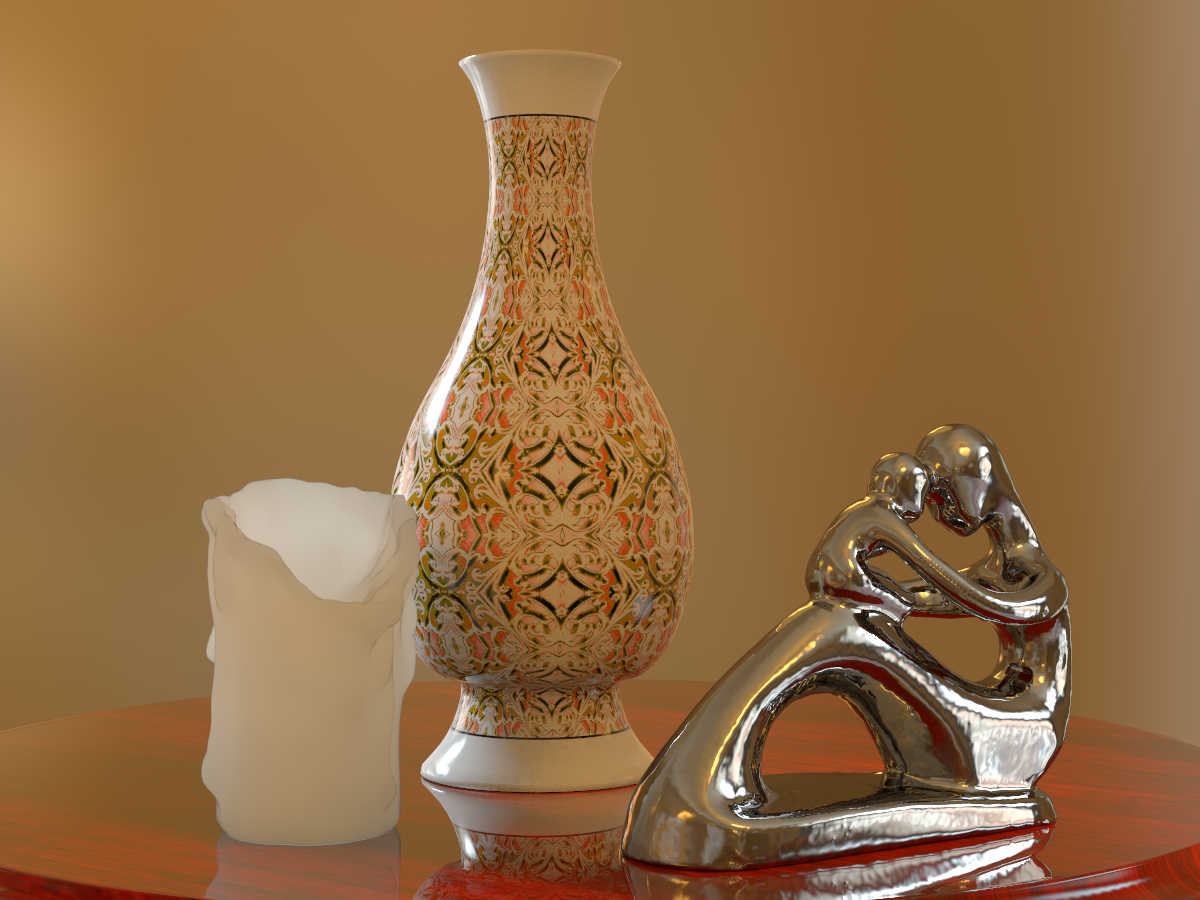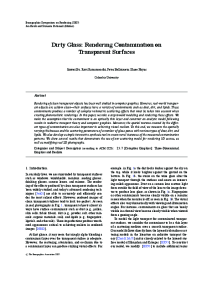Dirty Glass: Rendering Contamination on Transparent Surfaces
Abstract
Rendering of clean transparent objects has been well studied in computer graphics. However, real-world transparent objects are seldom clean--their surfaces have a variety of contaminants such as dust, dirt, and lipids. These contaminants produce a number of complex volumetric scattering effects that must be taken into account when creating photorealistic renderings. In this project, we take a significant step towards modeling and rendering these effects. We make the assumption that the contaminant is an optically thin layer and construct an analytic model based on pre-existing results in computer graphics and radiative transport theory for the net bidirectional reflectance/transmission distribution function. Moreover, the spatial textures created by the different types of contamination are also important in achieving visual realism. To this end, we measure the spatially varying thicknesses and the scattering parameters of a large number of glass panes with various types of dust, dirt, and lipids. We also develop a simple interactive synthesis tool to create novel instances of the measured contamination patterns. We show several results that demonstrate the use of our scattering model for rendering 3D scenes, as well as modifying real 2D photographs.
Citation
Jinwei Gu, Ravi Ramamoorthi, Peter Belhumeur, and Shree Nayar. "Dirty Glass: Rendering Contamination on Transparent Surfaces". In EuroGraphics Symposium on Rendering, June 2007.









